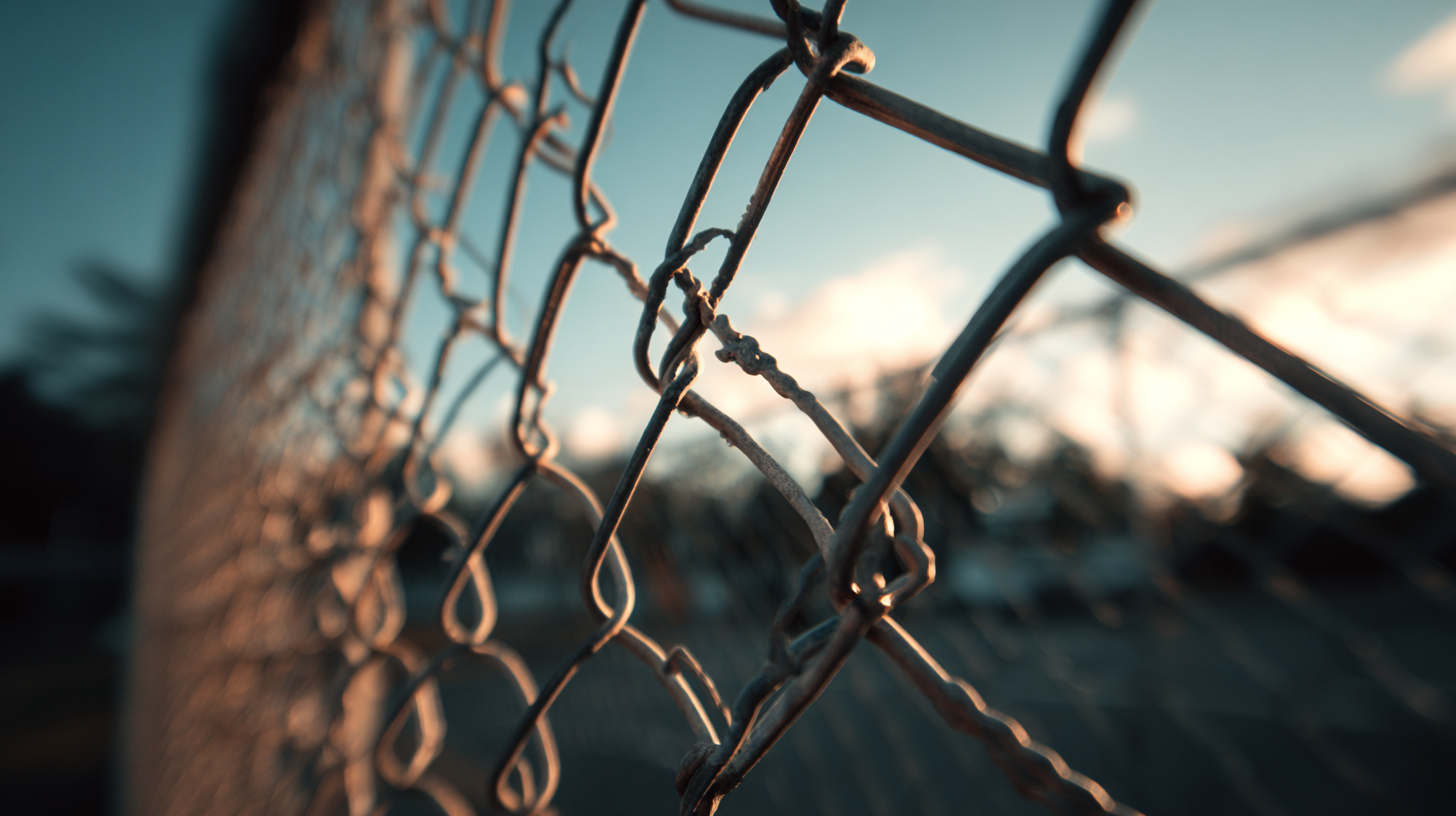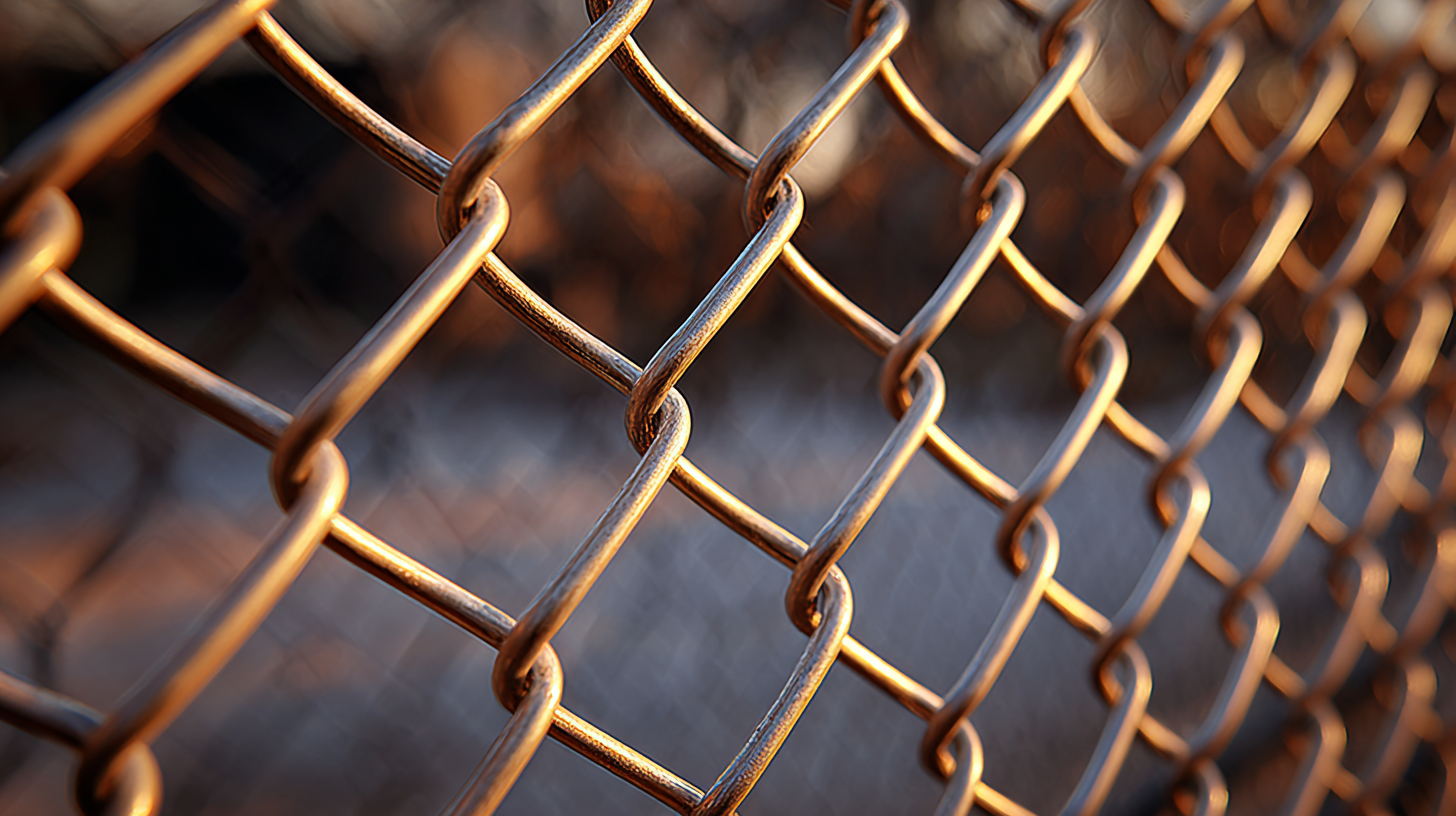Leave Your Message
-
Telephone
-
WeChat/ WhatsApp
-
Email
In an era where global trade is increasingly subject to stringent regulations, ensuring that your Chain Link Mesh Fence adheres to international import-export certification standards is crucial for businesses engaged in this industry. According to a recent report by Market Research Future, the global fencing market is projected to reach $38 billion by 2027, with chain link fences being a significant contributor due to their versatility and durability. As companies look to expand their reach in this competitive landscape, adherence to certifications such as ISO 9001 for quality management systems and ASTM standards for material performance is essential. Failure to comply not only risks rejected shipments but can also damage brand reputation and lead to significant financial losses. Thus, understanding and implementing these certification requirements is not just a regulatory obligation but a strategic advantage in the booming fencing market.

When considering the global import-export certification standards for chain link mesh fences, it’s essential to grasp the significance of Authorised Economic Operator (AEO) status. This internationally recognized certification assures that your business follows security measures and best practices within the international supply chain. Meeting these standards not only enhances your reputation but also facilitates smoother trade across borders.
**Tips for Achieving Global Certification:**
1. **Conduct a Compliance Audit:** Start by evaluating your current operations against global certification standards. Identify areas that need improvement to align with AEO criteria.
2. **Enhance Security Protocols:** Strengthen your security measures throughout your supply chain. This could involve training staff, investing in technology, and implementing procedures that ensure the integrity of your operations.
3. **Stay Updated on Regulations:** Regulations and standards can change. Regularly review the latest requirements for compliance to remain informed and ensure your chain link mesh fence products maintain their certification.
By understanding and implementing these standards, you can ensure that your chain link mesh fence business stays competitive in the global market.
 When exporting chain link mesh fences from China, it is crucial to comply with various global certification standards that ensure the quality and safety of the products.
Key certifications such as ISO 9001, which focuses on quality management systems, and ISO 14001 for environmental management, play a pivotal role in enhancing the credibility of manufacturers.
According to a recent report by MarketsandMarkets, approximately 70% of global consumers prioritize certified products, highlighting the importance of these standards in international trade.
When exporting chain link mesh fences from China, it is crucial to comply with various global certification standards that ensure the quality and safety of the products.
Key certifications such as ISO 9001, which focuses on quality management systems, and ISO 14001 for environmental management, play a pivotal role in enhancing the credibility of manufacturers.
According to a recent report by MarketsandMarkets, approximately 70% of global consumers prioritize certified products, highlighting the importance of these standards in international trade.
Additionally, certifications like CE marking, which indicates conformity with health, safety, and environmental protection standards for products sold within the European Economic Area, can significantly impact export dynamics.
The same report notes that compliance with CE standards can increase market access by up to 30%, making it essential for Chinese manufacturers to prioritize such certifications.
Furthermore, adhering to ASTM (American Society for Testing and Materials) specifications can enhance product reliability and acceptance in North American markets, thus driving greater competitiveness in the global chain link mesh fence industry.
When manufacturing chain link mesh fences that meet international standards, several best practices can help ensure compliance with global import-export certification requirements. First and foremost, it is essential to source high-quality raw materials. Utilizing galvanized steel or PVC-coated wire not only enhances durability but also helps in meeting standards related to rust and corrosion resistance, which are critical for outdoor applications. Manufacturers should also invest in modern technology and equipment that allow for precise fabrication, ensuring that the dimensions and tensile strength of the fences comply with the rigorous specifications set by international regulatory bodies.

In addition to material quality and fabrication technology, establishing a robust quality control process is vital. This includes regular inspections and testing throughout the manufacturing process to verify that each batch meets the required specifications. Certifications from recognized organizations can further enhance credibility and facilitate smoother international trade. Furthermore, staying updated on changing regulations and standards across different markets will enable manufacturers to adapt their practices accordingly and maintain compliance, positioning them favorably in the competitive global marketplace for chain link mesh fences.
Navigating compliance challenges in the global import and export of chain link mesh fences requires a keen understanding of international standards and regulations. According to a report by MarketsandMarkets, the global fencing market is projected to reach over $34 billion by 2025, with chain link fences representing a significant segment due to their versatility and cost-effectiveness. However, manufacturers must adhere to various certification standards that vary by region, including ASTM in the United States and EN standards in Europe. Non-compliance can lead to costly delays and increased scrutiny during border checks.
Quality assurance is critical in this competitive landscape. The International Organization for Standardization (ISO) has specific guidelines that apply to manufacturing processes and material sourcing to ensure product safety and reliability. For instance, the ISO 9001 quality management standard helps companies streamline operations and maintain consistency in their products. Adhering to these certifications not only enhances marketability but also builds consumer trust. As businesses expand their global presence, investing in compliance with these certification standards is not just a regulatory requirement, but a strategic advantage in gaining access to international markets.
| Certification Standard | Region | Compliance Challenges | Best Practices |
|---|---|---|---|
| ISO 9001 | Global | Documentation and audits | Regular training and internal audits |
| CE Marking | European Union | Product testing and evaluation | Hire accredited testing labs |
| ASTM F567 | United States | Material specifications | Follow ASTM guidelines closely |
| AS/NZS 4534 | Australia/New Zealand | Cultural compliance | Engagement with local authorities |
| ANSI/ASCE 7 | United States | Load and structural analysis | Comprehensive engineering review |
Quality assurance plays a pivotal role in enhancing the export potential of chain link mesh fences. With the global market increasingly prioritizing compliance with certification standards, manufacturers must ensure their products not only meet but exceed these criteria. According to the 2025 Wire Mesh Fencing Manufacturing Cost Analysis Report, understanding the intricacies of manufacturing costs is essential for businesses looking to optimize their production process while maintaining high-quality output. This report highlights that raw material prices and labor costs directly influence the ability to meet international standards, ultimately affecting export viability.
Tips for manufacturers include regularly updating quality control processes and investing in staff training to stay abreast of global certification requirements. Implementing robust testing protocols will ensure that all products are compliant before reaching foreign markets. Additionally, engaging with third-party quality assurance firms can enhance credibility and provide valuable insights into market demands.
Furthermore, as detailed in the report, strategic planning in terms of production setup can lead to significant cost reductions. Manufacturers should prioritize efficient machinery and technology that align with both quality assurance goals and budget constraints. By focusing on these elements, manufacturers can effectively increase their chances of success in the competitive export landscape of chain link mesh fences.


